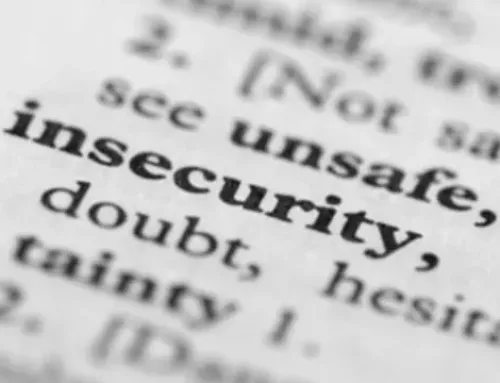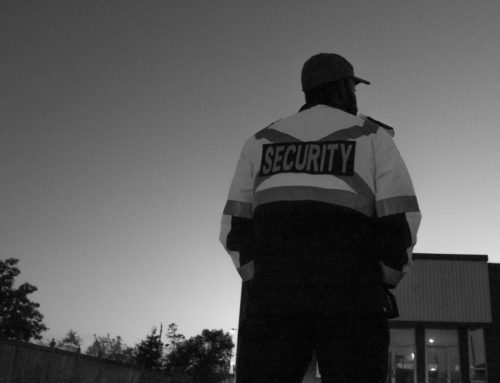In the world today, many situations are perceived as threatening. This blurs the line between a perceived threat and a real threat. A threat is something that poses risk or danger to one’s health or wellbeing. A perceived threat, is seen as a stimulus arousing the emotion of fear. It is the perception of danger or threat and one that generates defensive reactions. It is also an individual’s cognitive assessment of the likelihood of danger, that may affect them. Real threat, also termed true threat, is a threat that can be interpreted as a real and serious communication of an intent to inflict harm.
There is a vast difference between real and perceived threats. Real threats endanger our very existence, whereas perceived threats initiate unwarranted anxiety. It is essential to be aware of real threat, and to do that, you need to listen to your instinct. You also need to be aware of situations perceived to be threatening, but not an actual danger to you.
Most often, however, we experience anxiety (or a perceived threat) when others challenge our egos. A challenge to your ego rarely translates into an actual threat, but it can certainly feel like it. For instance, when someone has a disagreement with you, you are likely to interpret that as a real threat, when, in fact, it is most likely a perceived one. This is because most times, unnecessarily defending your ego can result in emotional pain and relationship turmoil.
Threat perceptions are mostly tied to previous encounters with accidents or some specific tasks. This makes us naturally sensitive to presumed personal jeopardy. It also makes it difficult to differentiate between the actual encounters being real threat, while the emotion the previous encounter causes being the perceived threat. Perceived threat is psychological and subconscious.
Many accidents have been preceded by failure to perceive warnings or to underestimate the seriousness of a hazard. The detection of threat can be an essential element in the process of controlling danger.






